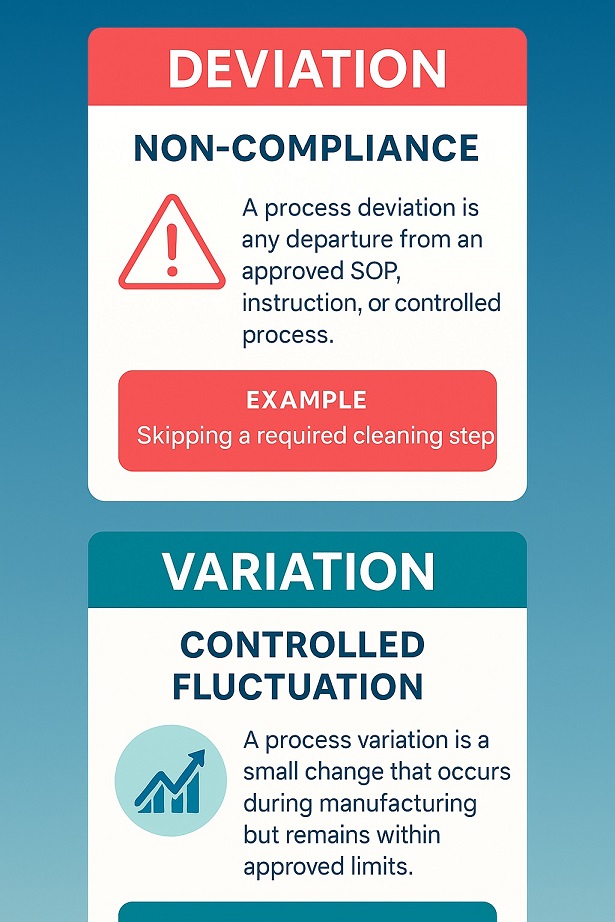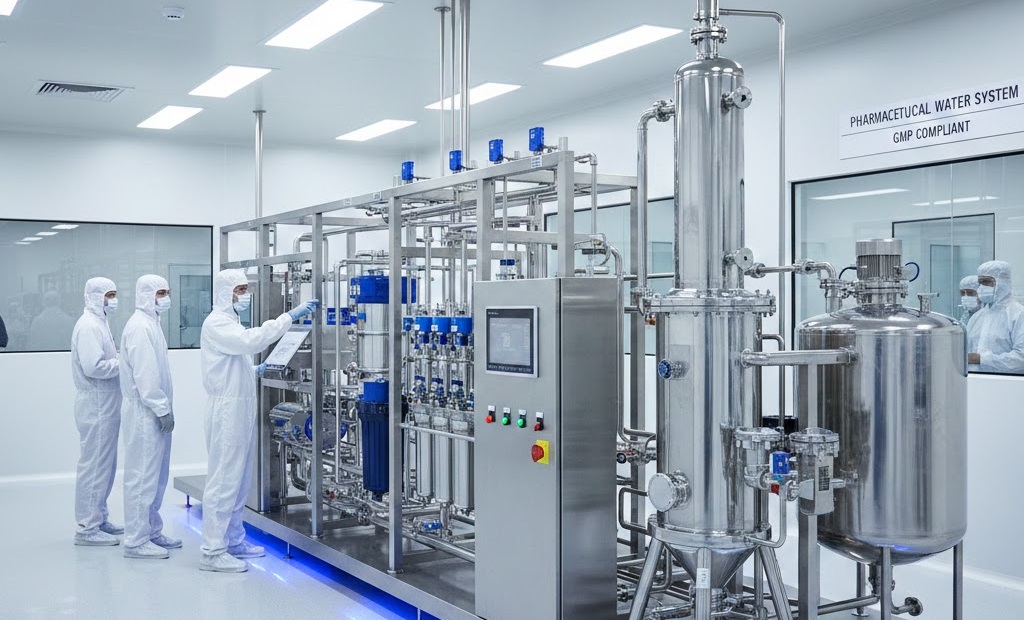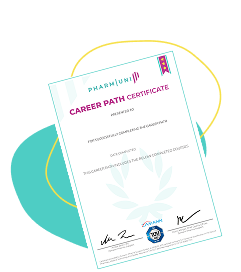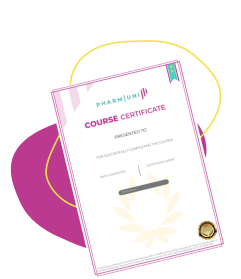Every pharmaceutical manufacturer wants one thing: smooth, compliant production. But that goal becomes impossible when process deviations go unnoticed, unresolved, or undocumented. These deviations—ranging from equipment failure to skipped steps—can lead to process nonconformance, product recalls, or regulatory penalties.
If you’re involved in production, quality, or regulatory roles, knowing how to detect, document, and prevent deviations is critical.
In this guide, you’ll learn the types of process deviation, how they differ from process variance, and how to classify and manage them—especially under GMP regulations.

What Is a Process Deviation in Pharmaceutical Manufacturing?
A process deviation is any departure from approved manufacturing instructions, protocols, or standards. Deviations may be intentional (planned) or accidental (unplanned), and they must be detected, recorded, and resolved through defined procedures.
Process deviation in manufacturing may occur in areas such as:
- Equipment settings
- Temperature control
- Cleaning steps
- Sampling and testing methods
- Environmental conditions
A deviation that remains unaddressed could evolve into a process nonconformance, threatening product quality, patient safety, and GMP compliance.
Sign up for Introduction to Regulatory Affairs - Roles and Responsibilities Course
Why Is the Deviation Investigation Process Critical?
A structured process deviation investigation process prevents small issues from becoming big compliance failures. Teams analyze the root cause, identify impacted batches, and take appropriate actions.
Once the cause is known, companies must implement a process deviation corrective action plan. This might involve retraining staff, revising SOPs, or upgrading equipment.
🎓 Want to learn regulatory responsibilities tied to deviation handling?
Enroll in Introduction to Regulatory Affairs – Roles and Responsibilities
Process Deviation vs. Variation in GMP
Deviation = Non-Compliance
A process deviation is any departure from an approved SOP, instruction, or controlled process. It means something went wrong—such as skipping a required cleaning step, using uncalibrated equipment, or entering incorrect batch data. Deviations are considered non-compliant and must be investigated. They often require a formal deviation report, root cause analysis, and a corrective and preventive action (CAPA). GMP guidelines demand that deviations be documented and assessed for their impact on product quality and patient safety. If unresolved, they can trigger audit findings, batch rejections, or even regulatory action. Identifying and addressing deviations quickly protects your product, your license, and your reputation.
Variation = Controlled Fluctuation
A process variation refers to small changes that happen during manufacturing but remain within approved limits. These fluctuations—like minor shifts in temperature or pressure—are expected and usually harmless. As long as the variation stays within validated ranges, it’s not considered a compliance issue. Manufacturers use tools like statistical process control (SPC) to monitor and track variations over time. This helps ensure the process stays stable and predictable. Unlike deviations, variations don’t require formal investigation or reporting unless they exceed control limits.

What Are the 7 Common Types of Process Deviation?
Procedural deviation
Skipping or modifying SOP steps.
Operational process deviation
Incorrect machine settings or operation.
Environmental deviation
Room conditions outside validated ranges.
Equipment deviation
Use of uncalibrated or faulty machinery.
Material deviation
Wrong material, mix-up, or expired inputs.
Documentation deviation
Missing, outdated, or incorrect records.
How to Handle Planned vs Unplanned Process Deviations
Planned Deviations Require Pre-Approval
A planned deviation is a temporary, intentional departure from an approved procedure. These are typically required for controlled reasons—such as using a qualified backup supplier, bypassing a non-critical step for maintenance, or operating under special circumstances. However, planned deviations are not automatically allowed. Quality Assurance (QA) must review and approve them in advance, ensuring they pose no risk to product quality or safety. All process deviation actions must be fully documented, including rationale, impact assessment, and duration.
Unplanned Deviations Demand Immediate Action
n unplanned deviation occurs without warning and usually results from human error, equipment failure, or environmental shifts.
For example, a technician might forget to add a cleaning agent, or the process may run outside temperature limits. These deviations must be identified quickly, logged properly, and escalated through your process deviation management workflow.
How to Classify Deviation Severity: Minor, Major, or Critical?
Minor Deviation
- Has minimal impact on quality or safety.
- Example: Slight delay in sampling time.
- Often requires procedural adjustment, not full CAPA.
Major Deviation
- May affect product quality or compliance.
- Example: Omitted step in cleaning.
- Requires full investigation and corrective action.
Critical Deviation
- Compromises product safety or violates GMP regulations.
- Example: Manufacturing with expired raw materials.
- May result in batch rejection and regulatory notification.
A solid process deviation classification system supports better resource allocation and quicker resolution.
Conclusion: Master Process Deviation to Stay Audit-Ready
Every pharmaceutical company faces process deviations. The key difference between success and failure lies in how you manage, detect, and document them.
By following best practices, using the right tools, and training your team, you build a culture of GMP compliance and continuous improvement. Whether you’re in QA, production, or regulatory affairs, understanding the full process deviation workflow gives you a competitive edge.
🎯 Take the next step:
✅ Explore Introduction to Regulatory Affairs – Roles and Responsibilities
✅ Master deviation prevention with expert tips on Pharmuni.com
✅ Read next: Expert Tips for Handling Deviations in Pharmaceutical Manufacturing

Ershad Moradi
Ershad Moradi, a Content Marketing Specialist at Zamann Pharma Support, brings 6 years of experience in the pharmaceutical industry. Specializing in pharmaceutical and medical technologies, Ershad is currently focused on expanding his knowledge in marketing and improving communication in the field. Outside of work, Ershad enjoys reading and attending industry related networks to stay up-to-date on the latest advancements. With a passion for continuous learning and growth, Ershad is always looking for new opportunities to enhance his skills and contribute to pharmaceutical industry. Connect with Ershad on Facebook for more information.

CIOMS in Pharmacovigilance: A Complete 2025 Guide
CIOMS guidelines help pharmacovigilance teams report, assess, and share safety data consistently. They support clear case processing, signal detection, and periodic reporting across regions. Use CIOMS forms and standards to reduce errors, align with regulators, and improve patient safety decisions.

Market Access Pharma Courses: Skills, Frameworks & Real-World Applications (2025 Guide)
Market access decides whether patients can actually get a medicine. So, it blends value evidence, pricing logic, reimbursement, and stakeholder alignment. In this blog, you will learn the core market access skills, the main frameworks used in pharma, and how teams apply them in real launches. You will also see how HEOR, payer needs, and local policy rules shape access decisions. Finally, you will learn how structured Market Access Pharma Courses turn theory into practical, job-ready capability.

Pharmaceutical Water Validation: A Practical and Regulatory-Focused Guide in 2025
Learn how to validate pharmaceutical water systems with a clear, step-by-step approach. This guide covers Purified Water and WFI testing, from user requirements to sampling plans and acceptance limits. You will also learn how to run IQ, OQ, and PQ with strong documentation and traceable evidence.




